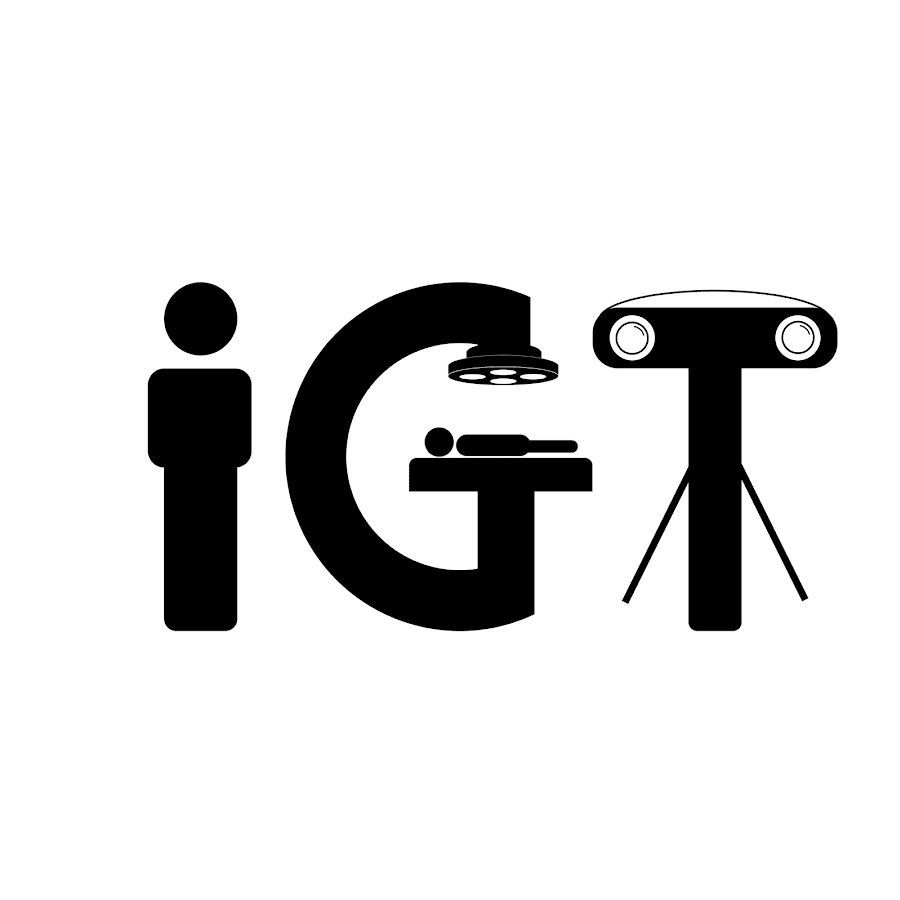Microtia is a congenital malformation of the auricle that affects approximately 4 of every 10,000 live newborns. Radiographic film paper is traditionally employed to bidimensionally trace the structures of the contralateral healthy ear in a quasi-artistic manner. Anatomical points provide linear and angular measurements. However, this technique proves time-consuming, subjectivity-rich, and greatly dependent on surgeon expertise. Hence, it’s susceptible to shape errors and misplacement.
We present an innovative clinical workflow that combines 3D printing and augmented reality (AR) to increase objectivity and reproducibility of these procedures. Specifically, we introduce patient-specific 3D cutting templates and remodeling molds to carve and construct the cartilaginous framework that will conform the new ear. Moreover, we developed an in-house AR application compatible with any commercial Android tablet. It precisely guides the positioning of the new ear during surgery, ensuring symmetrical alignment with the healthy one and avoiding time-consuming intraoperative linear or angular measurements. Our solution was evaluated in one case, first with controlled experiments in a simulation scenario and finally during surgery.
The paper has been published on the open-access journal: 3D printing in medicine (Q1 journal rank). Find it here: https://threedmedprint.biomedcentral.com/articles/10.1186/s41205-024-00213-2 and find out how we achieved under 3 mm deviation error with our technique!
